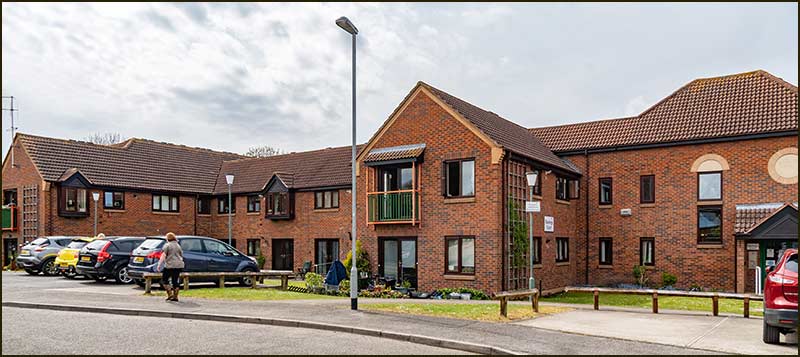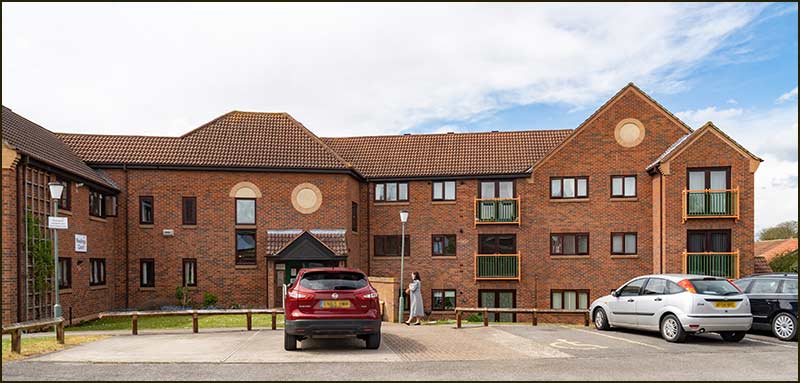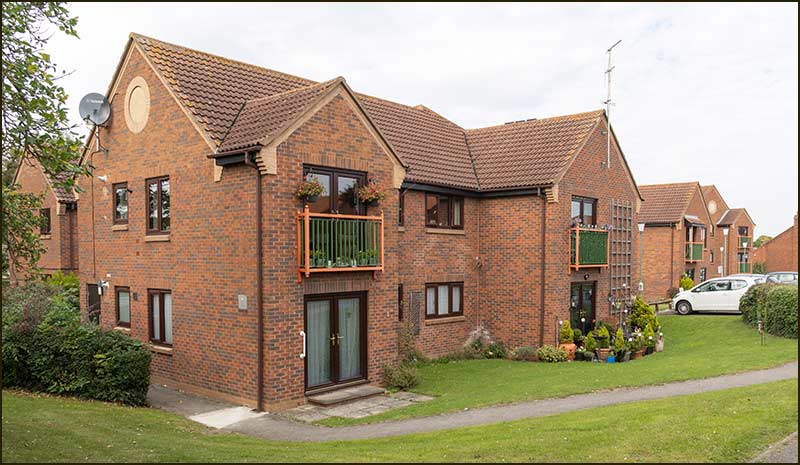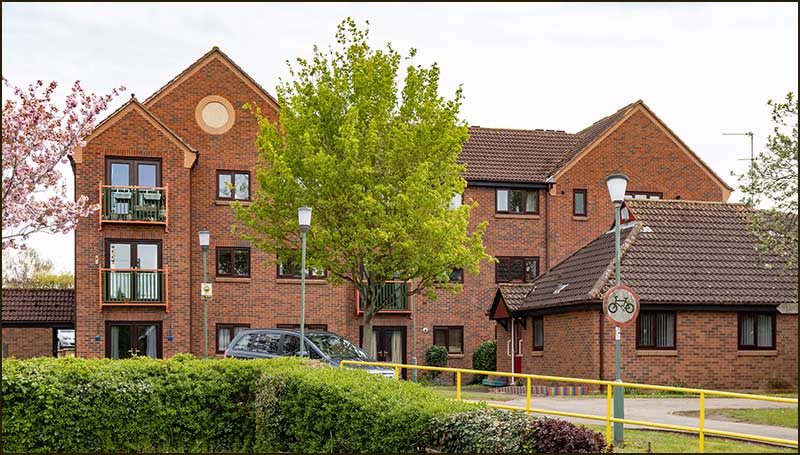Cropwell Bishop Streets: — Springfield Close (7-5-21)

Springfield Close consists of new houses and flats and 40 years ago none of it existed, Yet, like all our streets, its name commemorates the history of Cropwell Bishop.
However, unlike most other streets, it does not relate to a person but a place.

Where is the spring?
Long before the 1930s, when piped water came to the village, residents relied on springs to supply drinking water. There were several at one time although these days they are effectively dry, mainly the result of the disruption caused by gypsum mining after the 1940s.
For example, when the present Cropwell Bishop Allotment site was established in 2010, the possibility of sinking a well to get water was considered and the British Geological Survey at Keyworth approached for advice.
It's geologists were of the opinion that, whilst there was a possibility of locating a water source, exploratory bore holes would have to be drilled at least 10m deep. All this would cost several thousand pounds and, in reality, would probably prove futile.
Makes you realise that paying Severn Trent to supply our water is altogether more convenient, reliable and cheaper.
The bottom end of the village, around the church, was once served by a spring in the field behind where the Primary School now stands. It was up a hill, and that hill was, quite naturally, known as Spring Hill.

There is no longer any trace of where the spring was but its location is shown on a map from the 1930s.
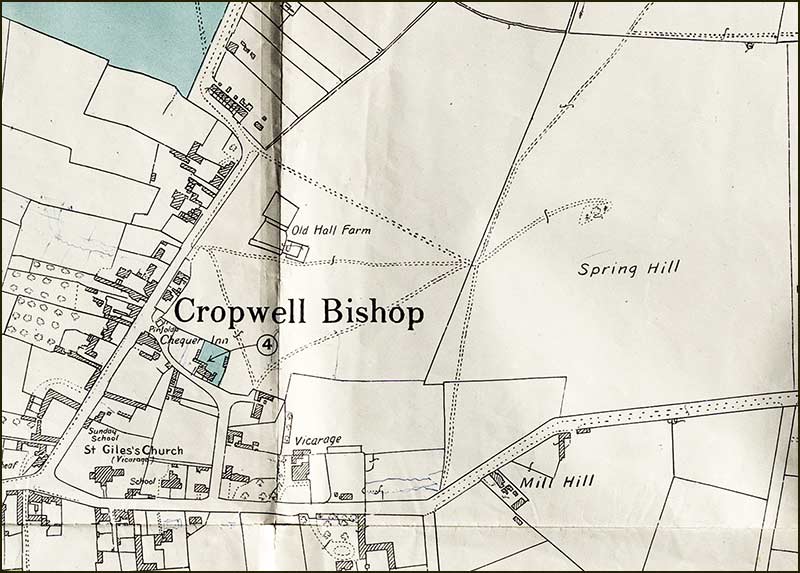
In earlier times the spring was known as Eastwell Spring and then, in the 1800s, as Cock Butt Spring. At that time a hand-pump and brick-surround were added.
The Cock Butt name comes from a small field that was named Cock Butt Close. It has since been absorbed by the field named Spring Hill.
An overlay image at the end of this section, shows that it does not quite correspond to the position of the spring, but it is clearly the source of that old name.
In the following image, the 1930 map overlays a recent satellite image of the field, making it possible to visualise where the spring was.
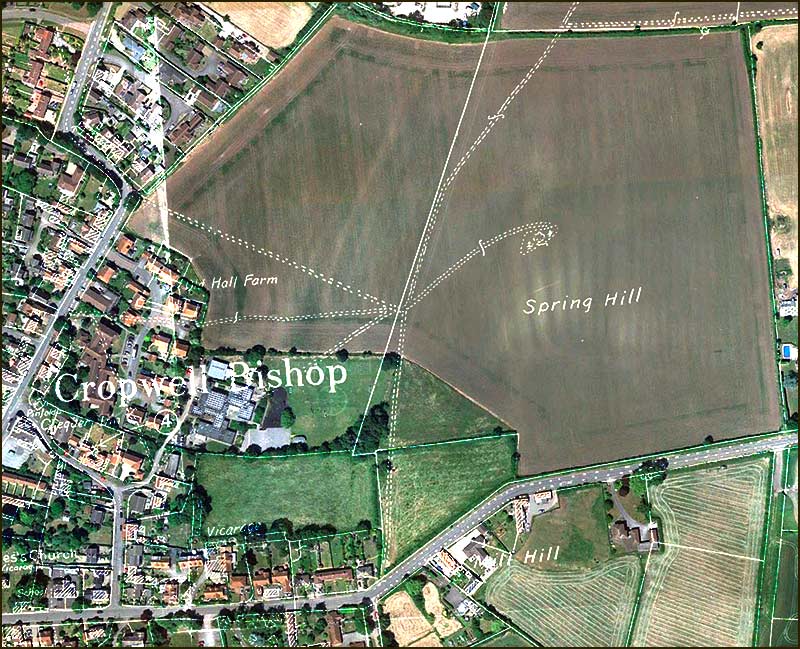
Aerial photos do not show hills, but the ground-level photo below does so clearly. It must have been a bit of a climb to fetch your water.

People would collect water in buckets carried on a yoke over their shoulders. Thankfully, the journey with full buckets was downhill.
So, the hill was called Spring Hill and it is easy to imagine people referring to the field as Spring Field.
Once the plan for a new street had been approved, it must have been an easy decision for parish councillors to call the street Springfield Close – and that is just what they did.
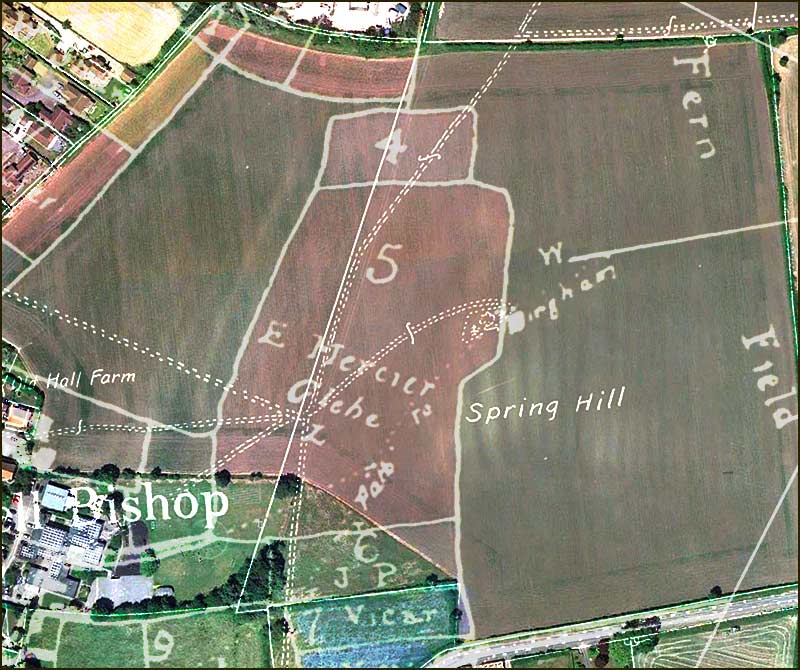
In the image above, the 1804 map has been added as an extra overlay: Cock Butt Close is the field numbered 4.

Deciding what to build on the street
The decision to build the street was made in the 1980s, but finalising the plan was not straight forward.
For years, the parish council had expressed a need for warden-aided accommodation in Cropwell Bishop, primarily for aging residents but also for elderly relatives of younger people living here. But during those years, Rushcliffe Borough Council (RBC) could not be persuaded to go ahead with the project.
Then, out of the blue, a planning application to build large detached houses in the village was submitted to RBC – and it was on the very site that the parish council had in mind to build the warden-aided accommodation.
Following negotiations between the two councils and the developer, a compromise was reached.
Cropwell Bishop Councillors would not object to the street planning application as long as the developer included a block of warden-aided flats. Fortunately, everyone agreed and building began in the late 1980s.
Before building could begin, the developer had to clear away the buildings that were already occupying part of the site – which happened to be an ancient farmhouse and its out-buildings.
Old Hall Farm was over a hundred years old and has been mentioned in several of the village street stories of Cropwell Bishop.
Below are photos from the 1960s and 1970s when it was still a working farm.
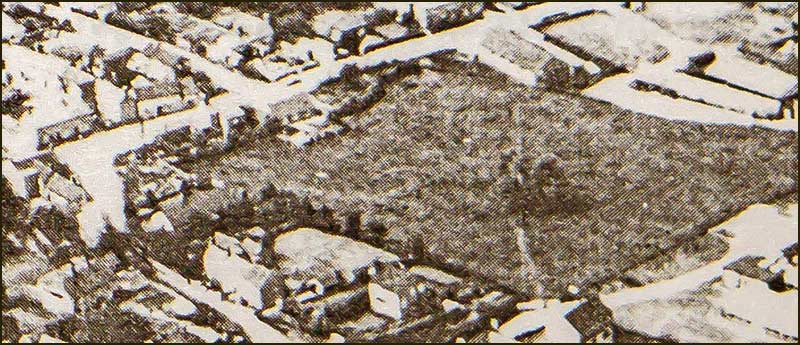
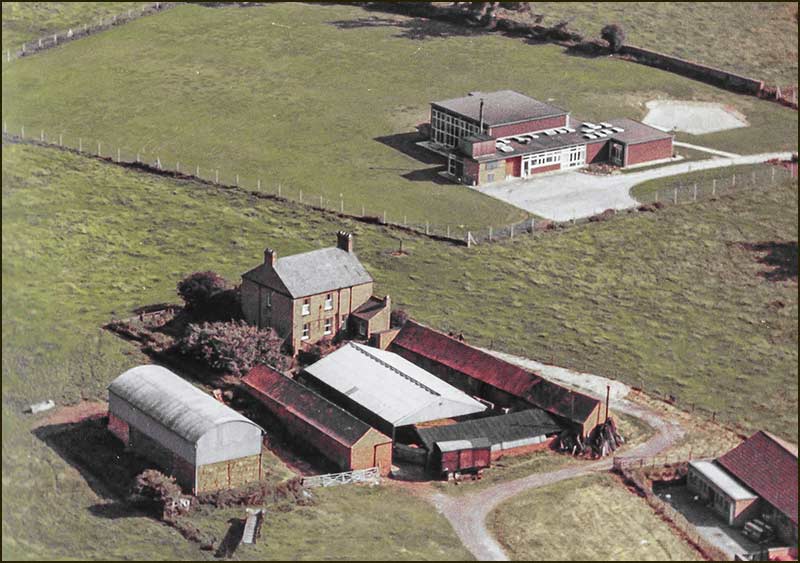
Note how small the school was then.

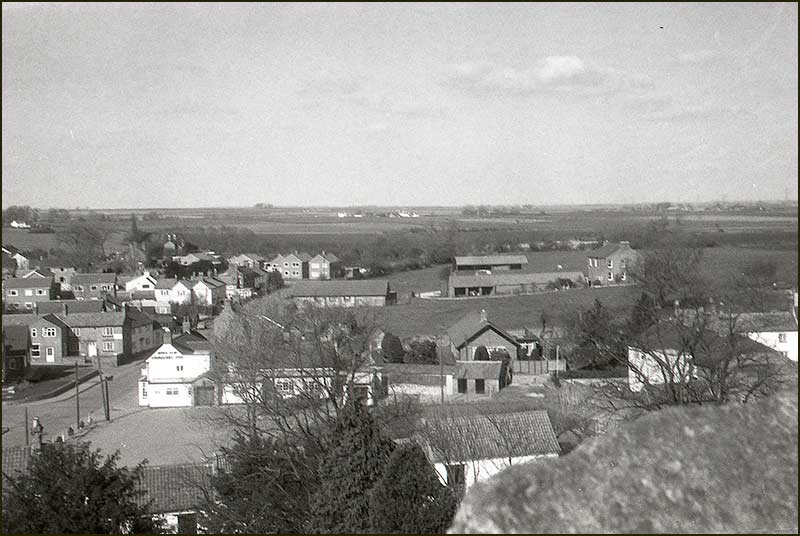
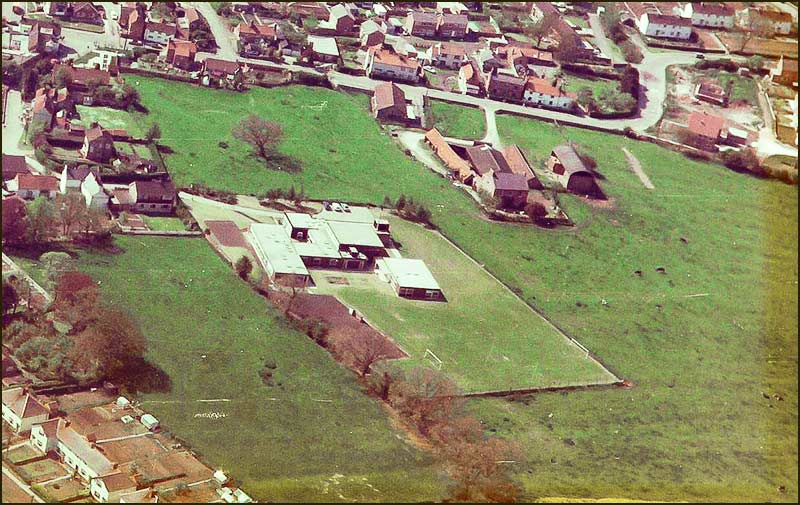
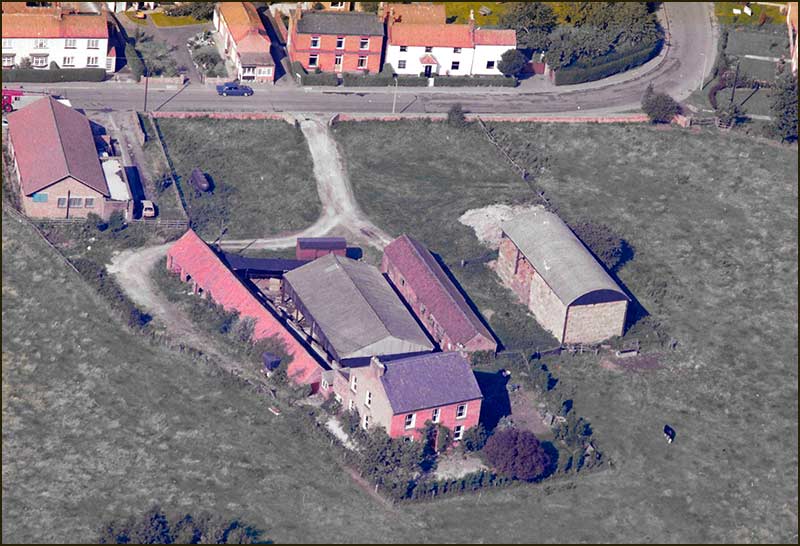


Clearing the site

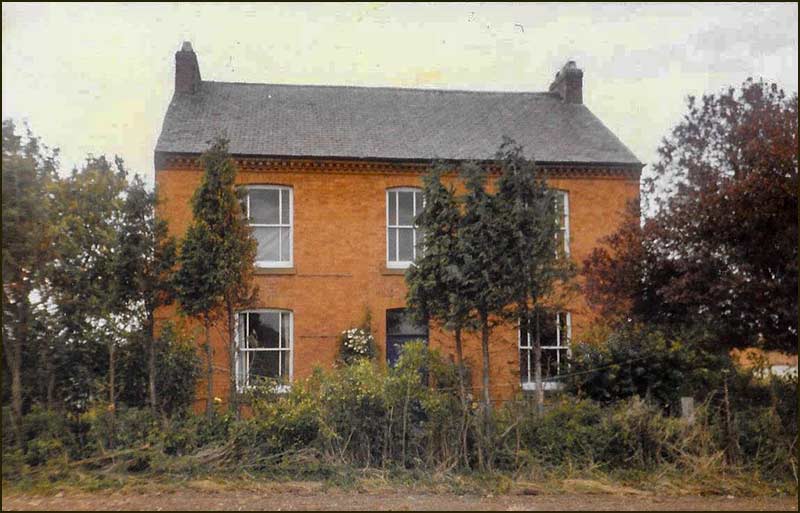
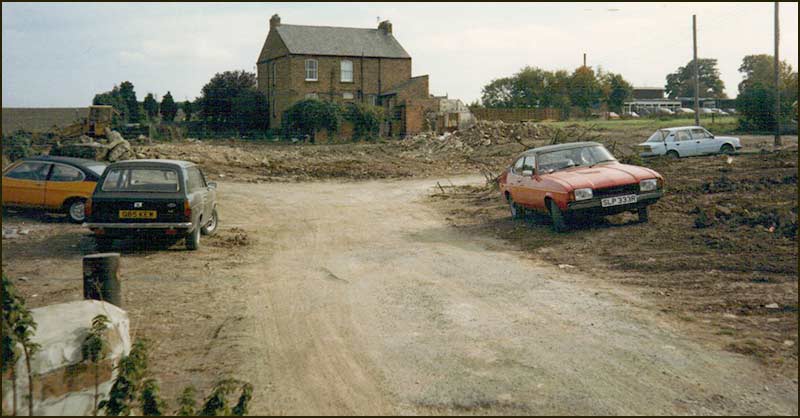
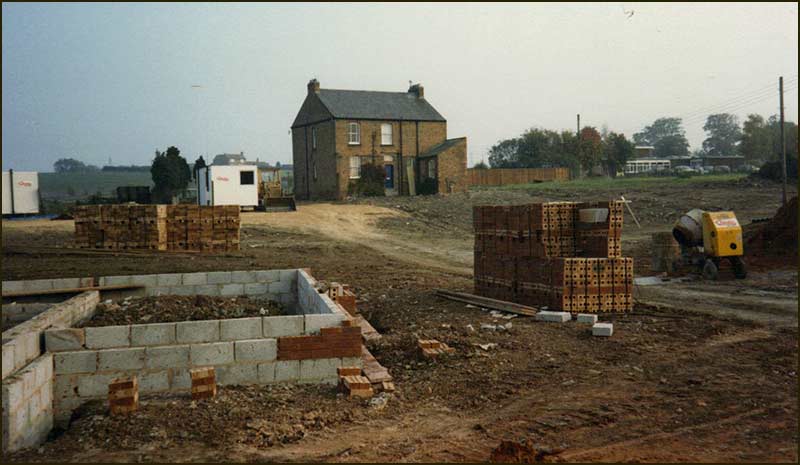

Why Rawlings?
Having named the street Springfield Close, the councillors now had to come up with another name – one for the block of 33 flats. As we all now know, they gave it the name Rawlings Court, but you may wonder where the name came from.
The parish councillors had named the street after a field, so maybe felt a need to offset this by naming the flats after a person.
They didn’t have to look far to find a most suitable one, a character that was still fresh in the memory of those sitting around the oak table of the parish council chambers (or rather, the put-up tables in a cold Memorial Hall).
No matter, the unanimous decision was to name the flats after a Tom Rawlings.
Unlike the naming of streets, they did not need to abide by the same rules. You can’t name a street after a person until they have been dead for at least 20 years, but, apparently, this doesn’t apply to a block of flats. Which is just as well because Tom had died only 5 years earlier.
This did at least mean that memories of his achievements were fresh in the minds of many living in the village.
Tom Rawlings was born in Cropwell Bishop in 1902 and died here in 1983. In between, he worked in the village for his wages and, as we shall see, worked for the villagers for free.
His father, Richard Rawlings, came from Downham Market in Norfolk and he married Cropwell Bishop girl, Elizabeth, in 1884. At the time he described himself as a brickmaker and they lived in a house at the Cotton Brickworks where he worked.
In 1901, the growing family were still living at the Brickworks but Richard then described himself as the manager of the Brickworks.

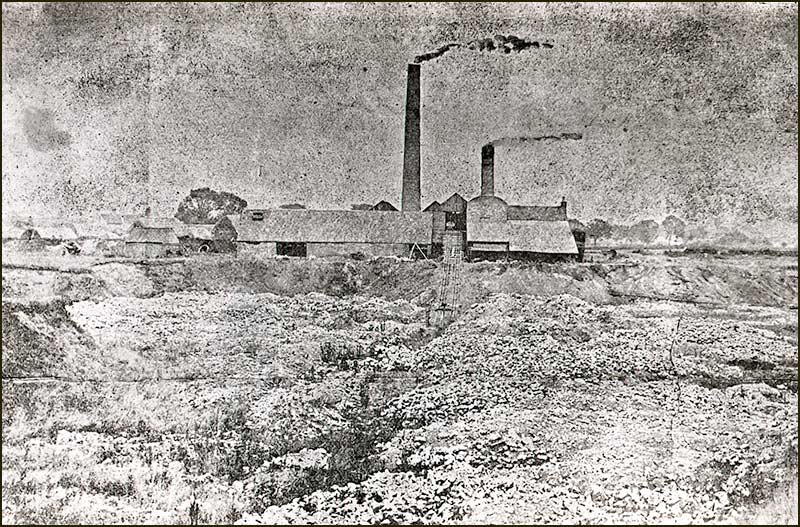

By 1911, the circumstances of the Rawlings family appear to have changed, and not for the better.
Richard and Elizabeth, together with their 7 children (another 3 had died in infancy), were now living in a 2-bedroom house on Mill Hill (top of Fern Road) and Richard was a “worker at the Gypsum Mill”.
Nothing more is known of the change in the family's fortune but, no matter, life goes on.
Tom Rawlings was the youngest child of the family. His full name was, Thomas Cooper Rawlings. All the children enjoyed at least two Christian names, examples being; Elizabeth Hannah May Rawlings and William Smith Rawlings.
We have a photo of these two at Cropwell Bishop School. By the time he was 15 years old, William was a ‘pupil-teacher’ at the School.
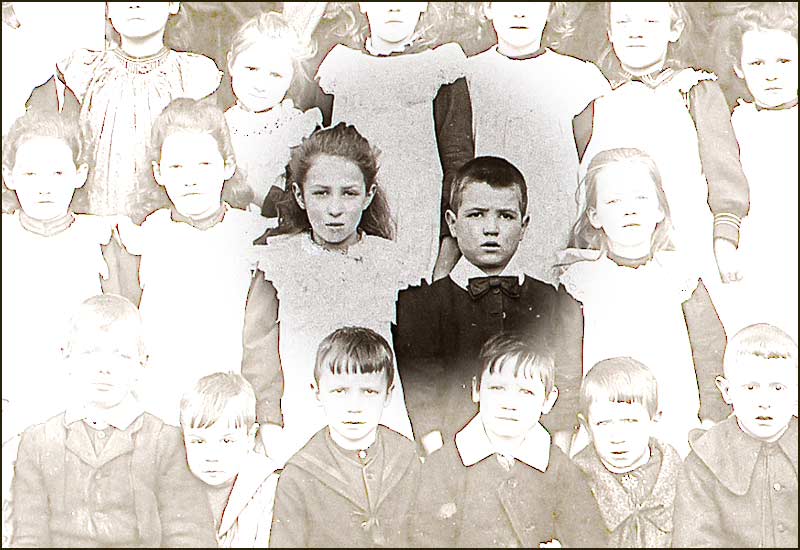
Tom Rawlings lived his life in Cropwell Bishop and worked at the Gypsum Works. He was deeply involved in a number of village activities: he was a keen bell-ringer, served as the Churchwarden and was a parish councillor.
He was also a founding member of the "Men's Institute" that was set up in the early years of the Memorial Hall. Maybe they envied the activities of the Women's Institute; we don't know.
Here is a photo of the group in 1932 and it includes Tom Rawlings.

Tom was the first caretaker of the Memorial Hall. It opened in 1929 and Tom was its caretaker for 50 years.
To commemorate this achievement, the parish council showed the gratitude of the village, by presenting him with a watch. (Note to younger readers: a good watch was an expensive and treasured item in those days)
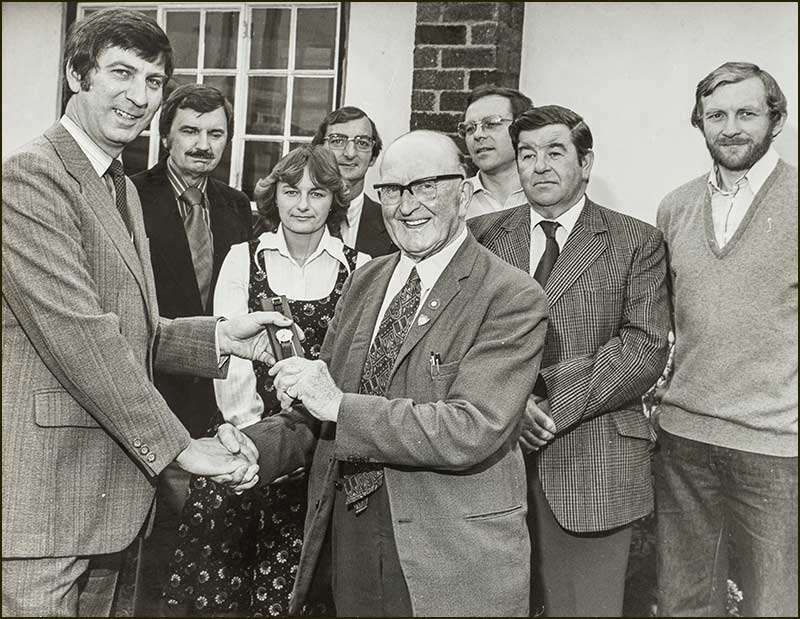
Behind (left to right): Derek Beeby, Vivienne Ives (clerk), Barry Shepherd, Graham Albery, David Barlow and Alan Lovell. (1979)
Within a few years, ill health prevented him carrying on with his duties and in 1983 he died at the age of 81. He never married but had lots of relatives.
Tony Jarrow
Note:
Thanks to Anne Terzza, Lol Simpson and David Glyn-Jones for their help with this article.
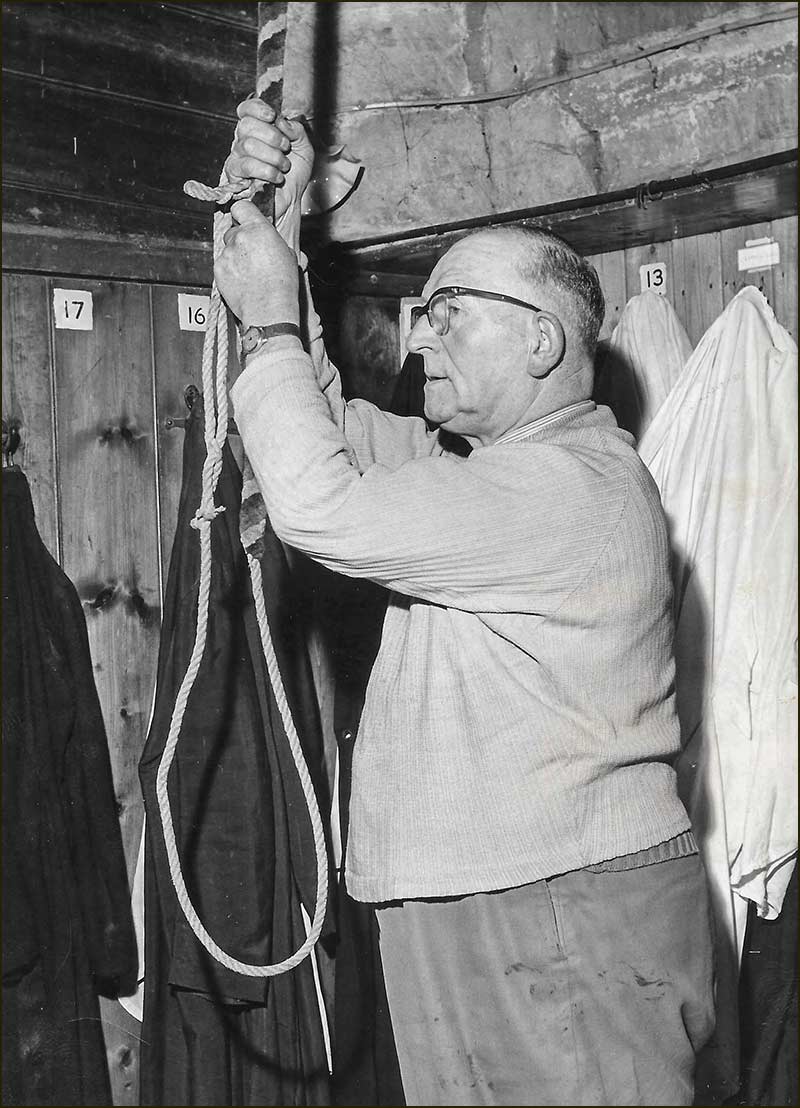


Springfield Close in 2020

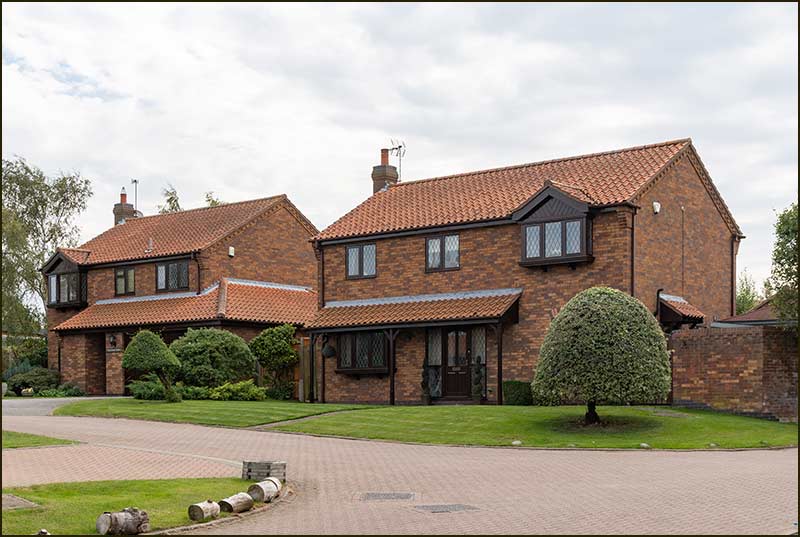
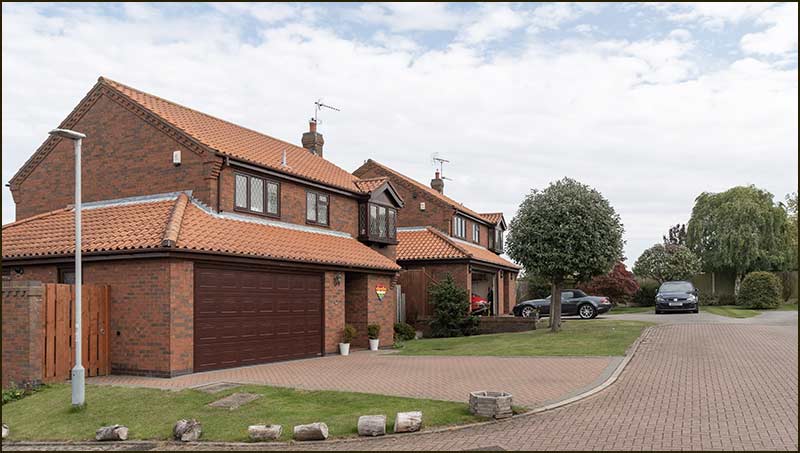
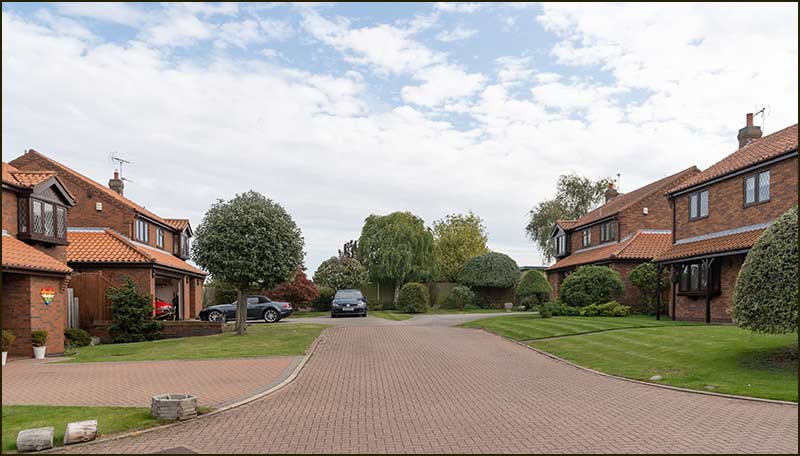
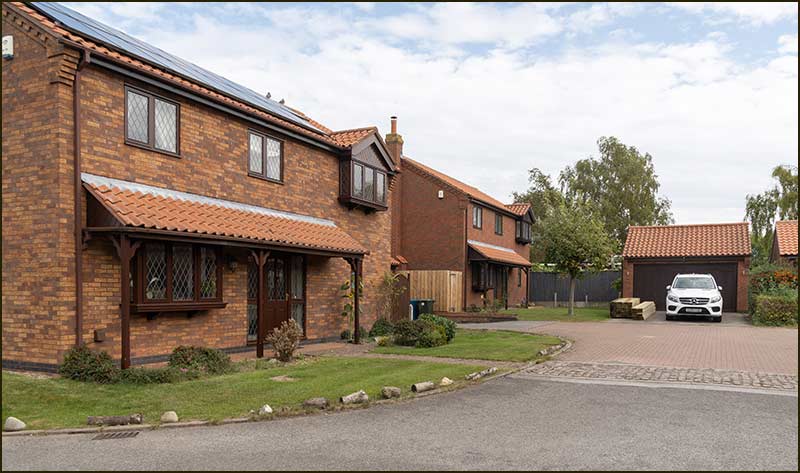
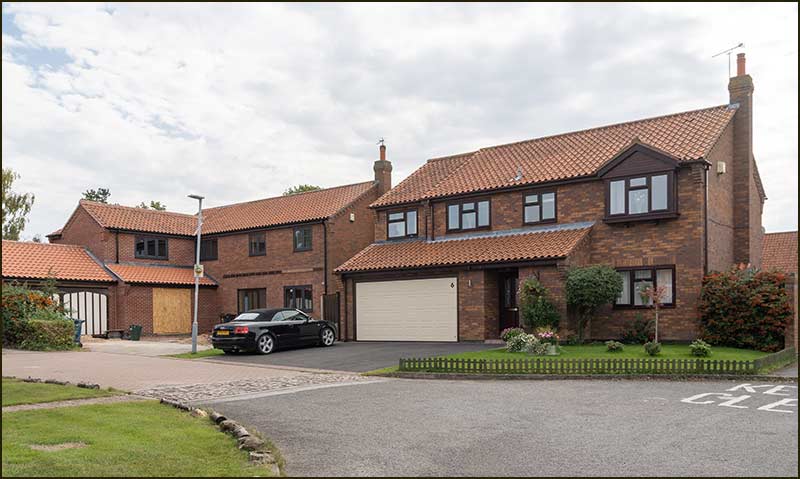
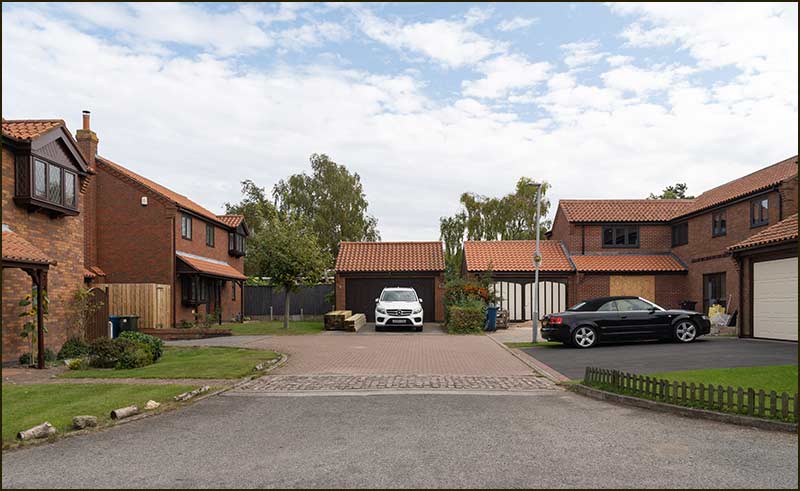


Rawlings Court in 2021
